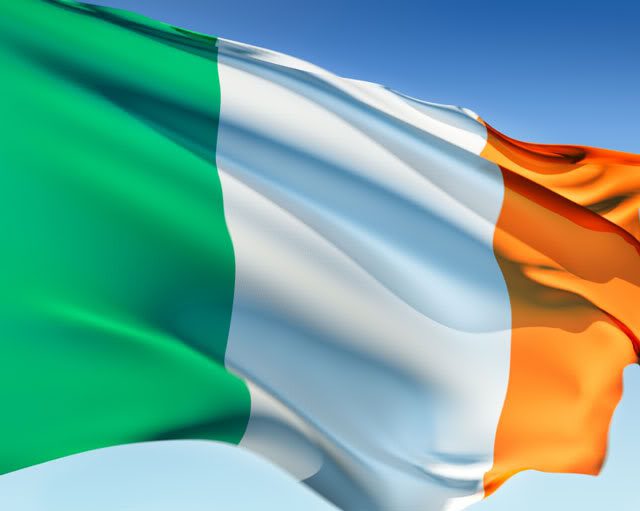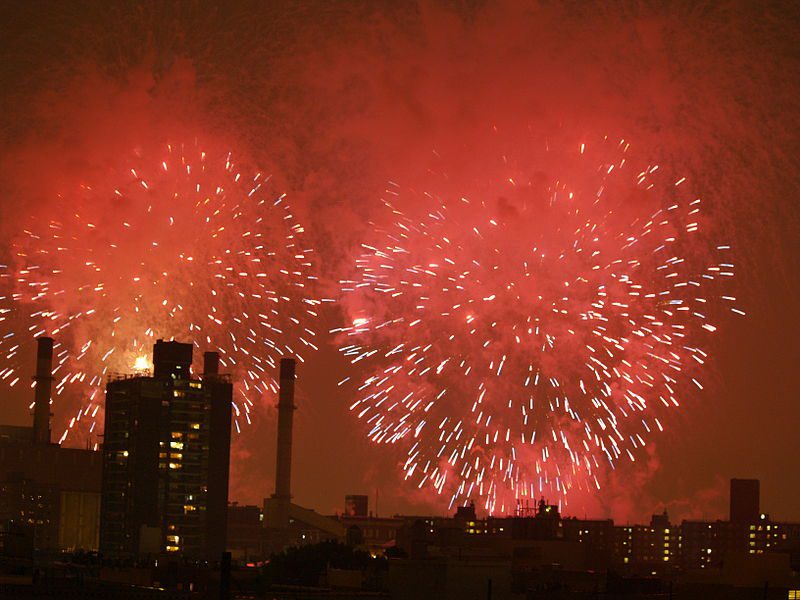
When is St. Andrew’s Day 2012?
This year St. Andrew’s Day falls on 30 November 2012. It is considered to be a feast day in honor of Saint Andrew who was an enthusiastic saint of Scotland. In 2006, the Scottish Parliament declared St. Andrew’s Day as an official bank holiday in accordance with the Scotland Act of 2007. Should the actual day fall on a Sunday, then the following Monday would be celebrated as bank holiday.
Even though this day is declared as a bank holiday, banks are not always closed, and owners are not obliged to grant their workers a day off.
On St. Andrew’s Day, the Union Flag of Scotland is flown where more than one flagstaff are being used. In the UK things are a little different. They would take wing for the Union Flag instead.
What People Do During St. Andrew’s Day Celebrations
Various events take place in main cities of Scotland. In Edinburg for instance, people are able to admire and observe a Ceilidh (Scottish dance or social event where a group of 8 people would dance in circles) and get to party in the streets while enjoying live music. Similar events take place in Stirling, Inverness and Glasgow. During this time tourists from all over would want to come and witness this exciting event. They will benefit from various discounted flights that are being offered to visitors during St. Andrew’s Day celebrations.
Young women in particular are keen to observe this day. It is commonly believed by many that on 29 November at around midnight young women will get some indication or sign about their future husbands. They would peel an apple and then throw a single piece of it over their shoulder. The shape of the peel would reveal the first letter of the future husband’s name. Wax would be also be dropped into a bucket of water to show them the kind of profession their future husband would be involved in.
Customs Being Followed In Continental Europe on St. Andrew’s Day
In other parts of the world such as Austria, Romania, Poland, Germany, the Czech Republic, and Slovakia some young women strongly believes that the supernatural will reveal more about their future husbands the night before St. Andrew’s Day.
All kinds of traditions exist.
In Poland and even in Germany, women would receive a glimpse of their future husbands profession by pouring either hot candle wax or other warm wax into water. They would make their assumptions from the shape of the wax in the water.
In certain areas of Austria wine would be used and be presented together with a magic charm known as Andreasgebet (Saint Andrews prayer) while the woman doing it would be naked and found kicking the nearby straw bed. This act will then magically attract her future companion. Newer customs involves throwing a choke over their shoulders and if it points to the door it would mean that the woman will get married that same year.
In the Czech Republic and Slovakia young women would write the names of their future husbands on pieces of paper and then attach these with pieces of cash, which are referred to as Halusky. Once cooked the first piece of paper would drift to the outside to reveal the name of their potential partner.
In Poland women would have printed pieces of paper where they have the names down of potential future companions under their cushions. At first light they would pull one out that will disclose the name of their future companions.
In Romania again, young women would deposit 41 wheat grains under their pillow just before they go to sleep. If they then get a vision during the night that someone is coming to lift their grains, then it is an indication that they are meant to get married the very next year.
Happy St. Andrew’s Day!




